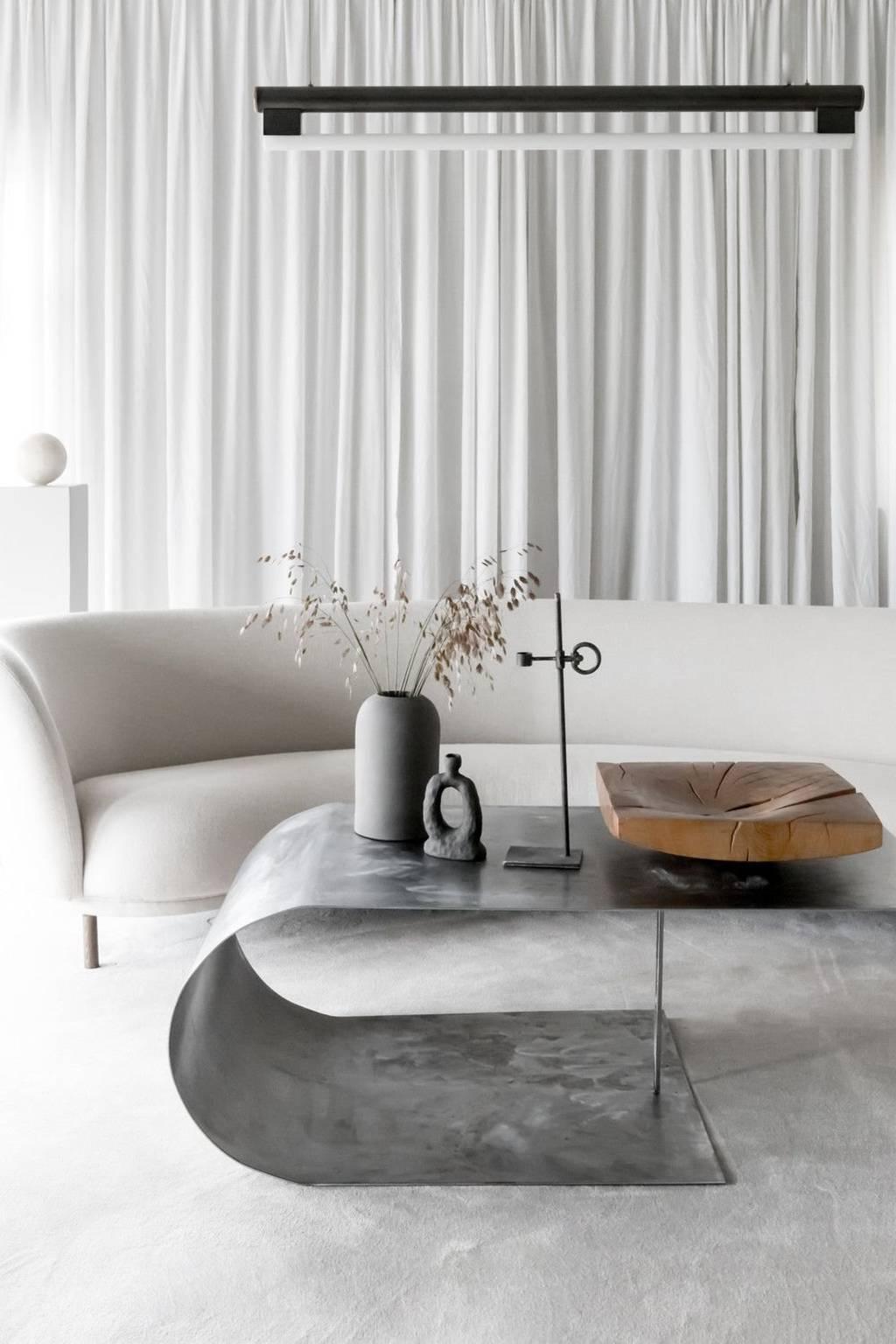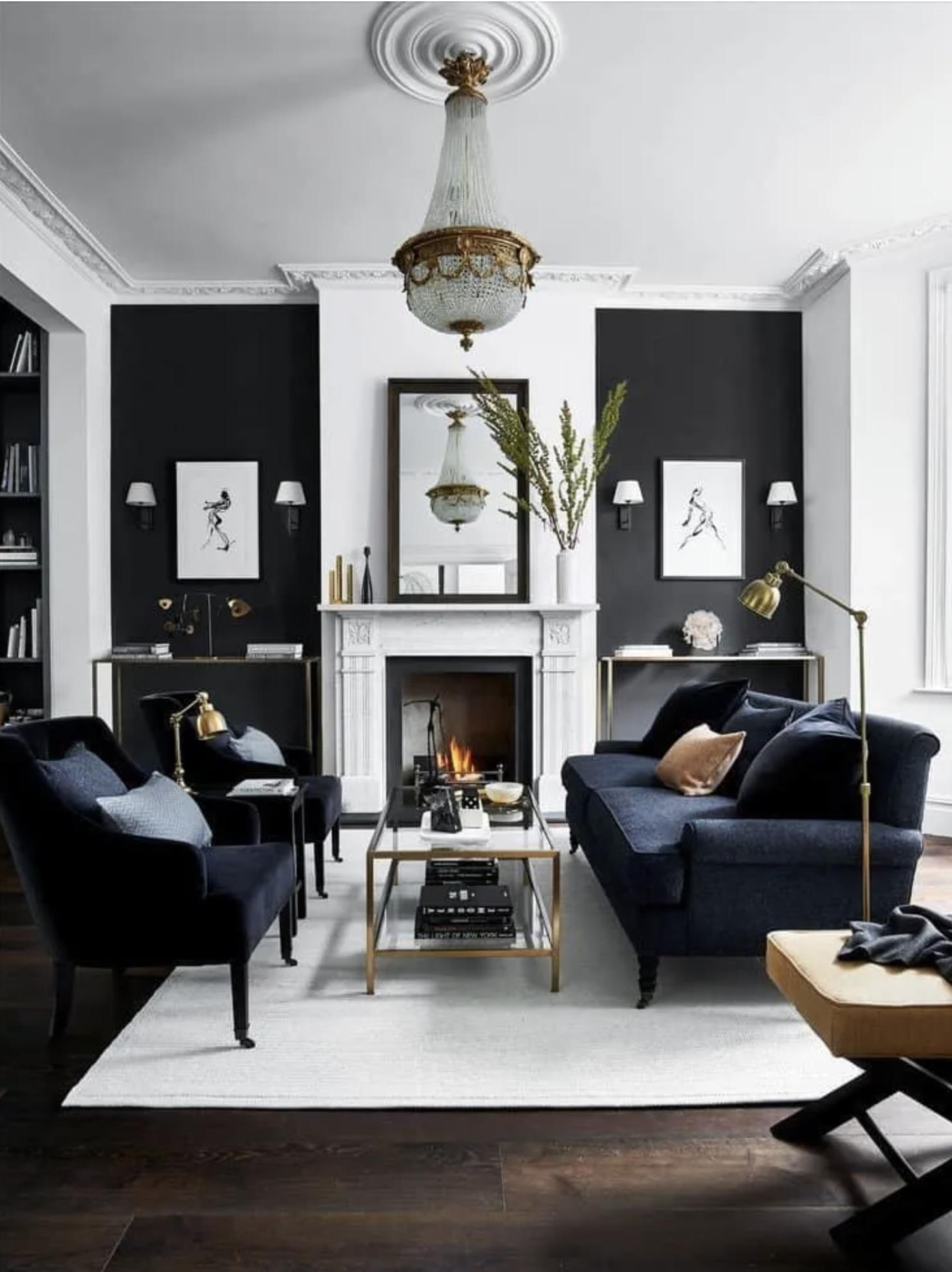
5 minute read
FUNDAMENTALS
FUNDAMENTALS
The 7 fundamentals of Interior Design are: Balance, Emphasis, Contrast, Rhythm, Proportions and Scale, Harmony and Unity, and Details.
Advertisement
BALANCE
Balance is achieved by distributing the visual weight of objects within a space to achieve a feeling of equilibrium. The size, shape, colour and texture have a major impact on the visual weight of a particular item. Larger, darker, brighter and highly textured objects typically feel heavier. There are different types of balance.
Radial balance:
Items are distributed and arranged around central point either extending inwards or outwards. If you wish to put the focus on a specific central item, apply it to direct attention inwards.
Asymmetrical Balance: Any elements in odd numbers can be utilised by keeping the focal point in an imaginary central axis. This is more common in contemporary spaces, it is more difficult to achieve than symmetrical balance and works better in narrow shaped rooms. It has an energised feeling.
Symmetrical Balance:
More common in square rooms. • Divide space into two equal halves going on an imaginary axis threw the centre. • Each half is compensated equally as the other half. This gives a living space a calm feeling. • Repeat items or mirror them along an axis centrally to achieve symmetry. This type of balance portrays a calm, stable, dignified feeling.
The images on the following pages explain further.
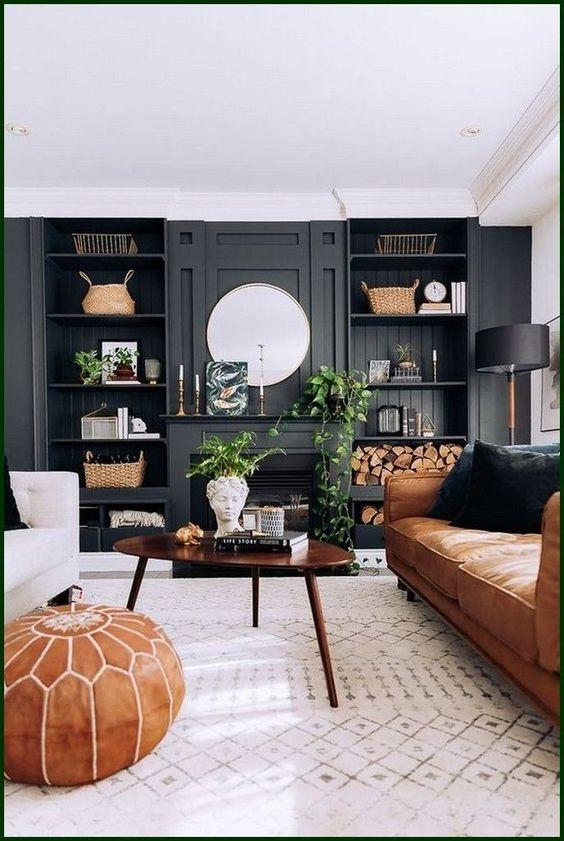
Symmetrical
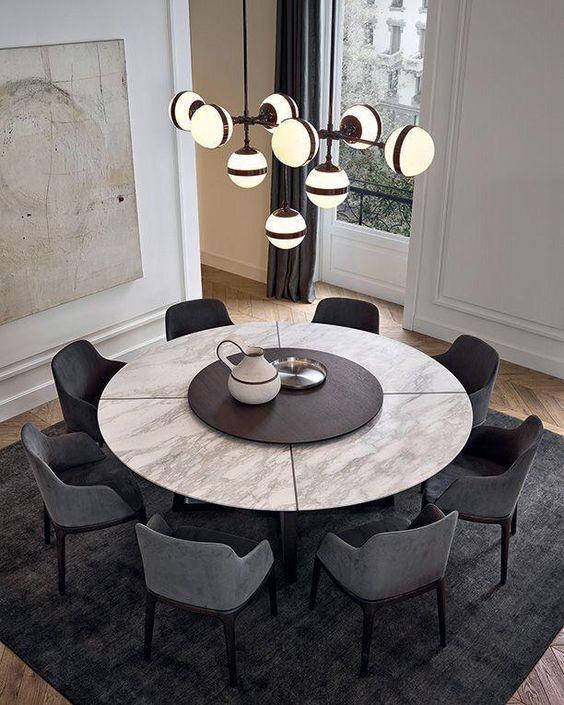
Radial Symmetrical Asymmetrical
EMPHASIS
The principle of emphasis in interior design is the process of creating focus within a designated space. Once the focal point is chosen, the rest of the design can work around it. Emphasis can become a room's focal point through isolation, contrast, and placement. In this image the emphasis is on the beautiful high ceilings. The large scaled and contrasting unique object of the light draws the eye upwards to the ceiling.
CONTRAST
After we decided about the type of Balance and our focal point of the room, we should think about Contrast and how to make your space interesting. Contrast is where two or more elements that have opposite characteristics are placed together. Using any of the elements of design, a skilled designer can create a dynamic composition through the use of contrast. Contrast can be created in a few different ways;
Contrasting Shapes For example, combine a rectangular sofa to a circle mirror to distribute and balance the attention between both of the items.
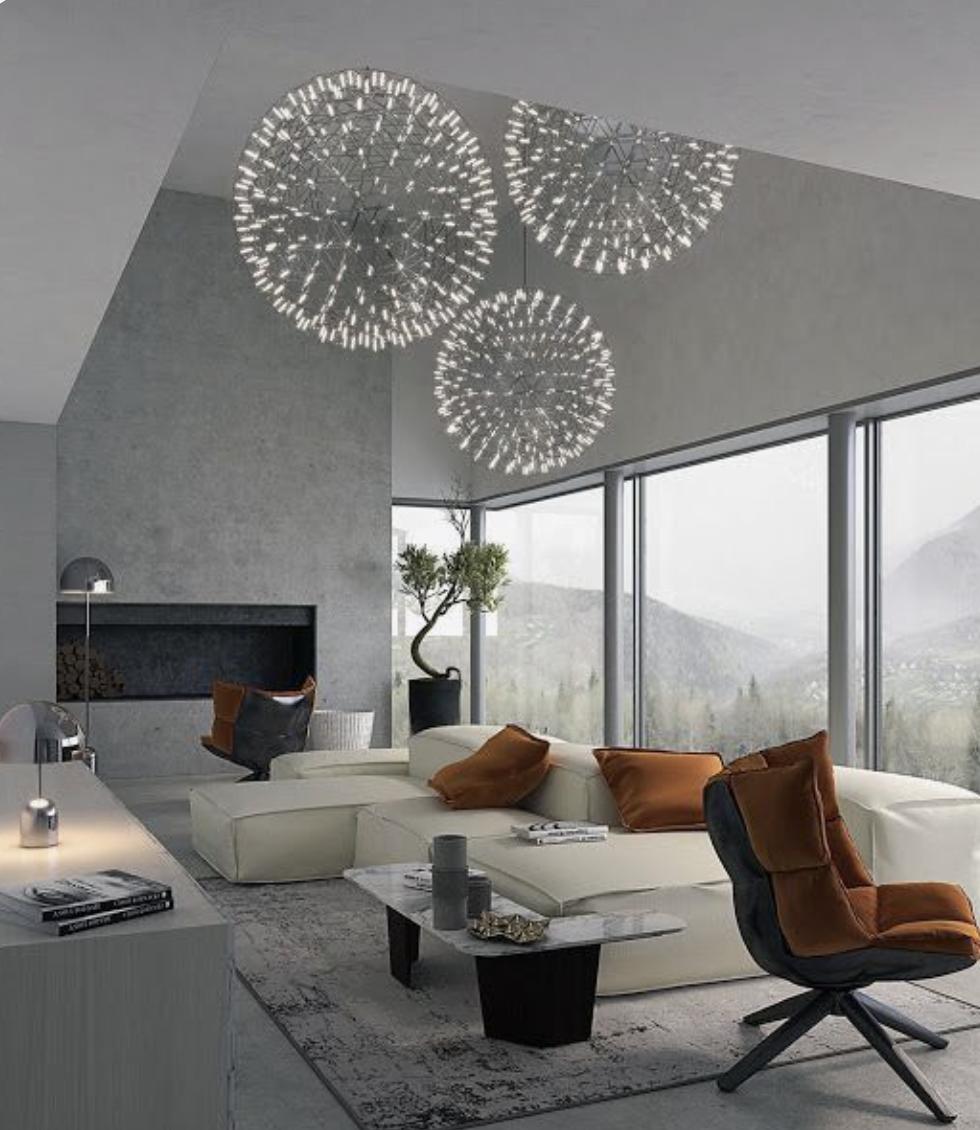
Emphasis
Mixing And Matching Think of mixing natural stone and wood for furniture and putting these against steel and chrome. You can also use fabrics such as using a simple solid color and then mixing and matching this with patterned items.
Texture The importance of texture cannot be stressed enough. In interior design, the concept of texture refers to the perception of the way elements of design feel.
For example, start imagining how it feels to run your hand over a bumpy, cool backsplash versus a table’ smooth top. It is the perception of texture in interiors that matters.
When you put two textures that contrast together, this adds weight to space, visually. This means that the design components will be able to draw the eyes in more quickly. When you use two textures that contrast, such as rough and smooth, this works best.
Color Using colour to create contrast is most likely the easiest and the most obvious method of creating. The most striking impact is achieved by using two opposing shades on each end of the colour wheel.
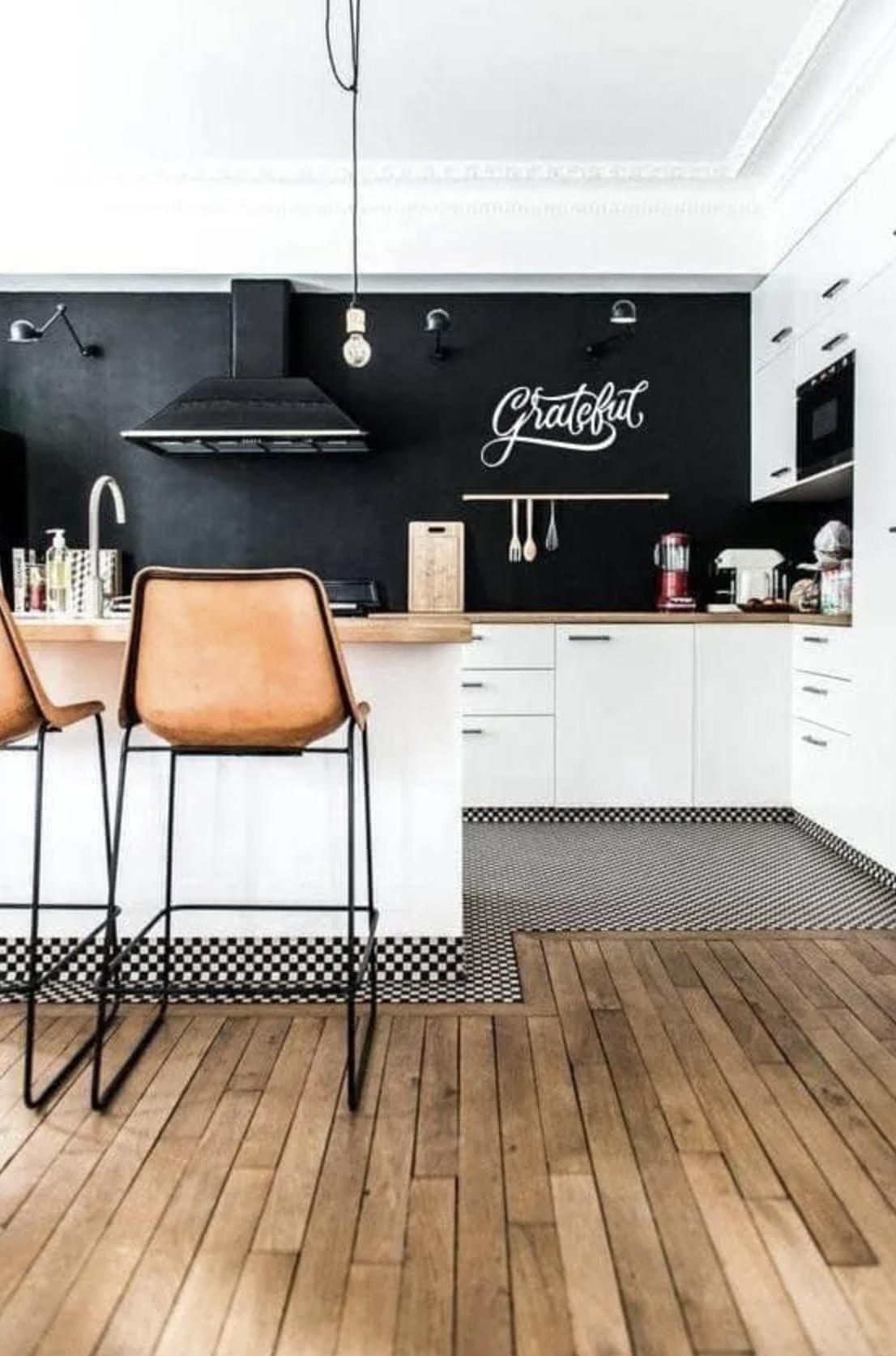
RHYTHM
Rhythm in interior design denotes creating visual interest throughout your space by repeating and contrasting visual patterns. Rhythm is how well you execute repetition. A space that has steady rhythm and repetition will lead the eye around the room seamlessly.
Design is like music. There is an overall beat. If the beat is staccato or uneven, the listener is jarred. There should be a chorus, some items repeated. And an overall melody, a unified style of the room. An album, your whole home, will have a similar theme. It doesn’t need to be exactly the same, but it could be similar.
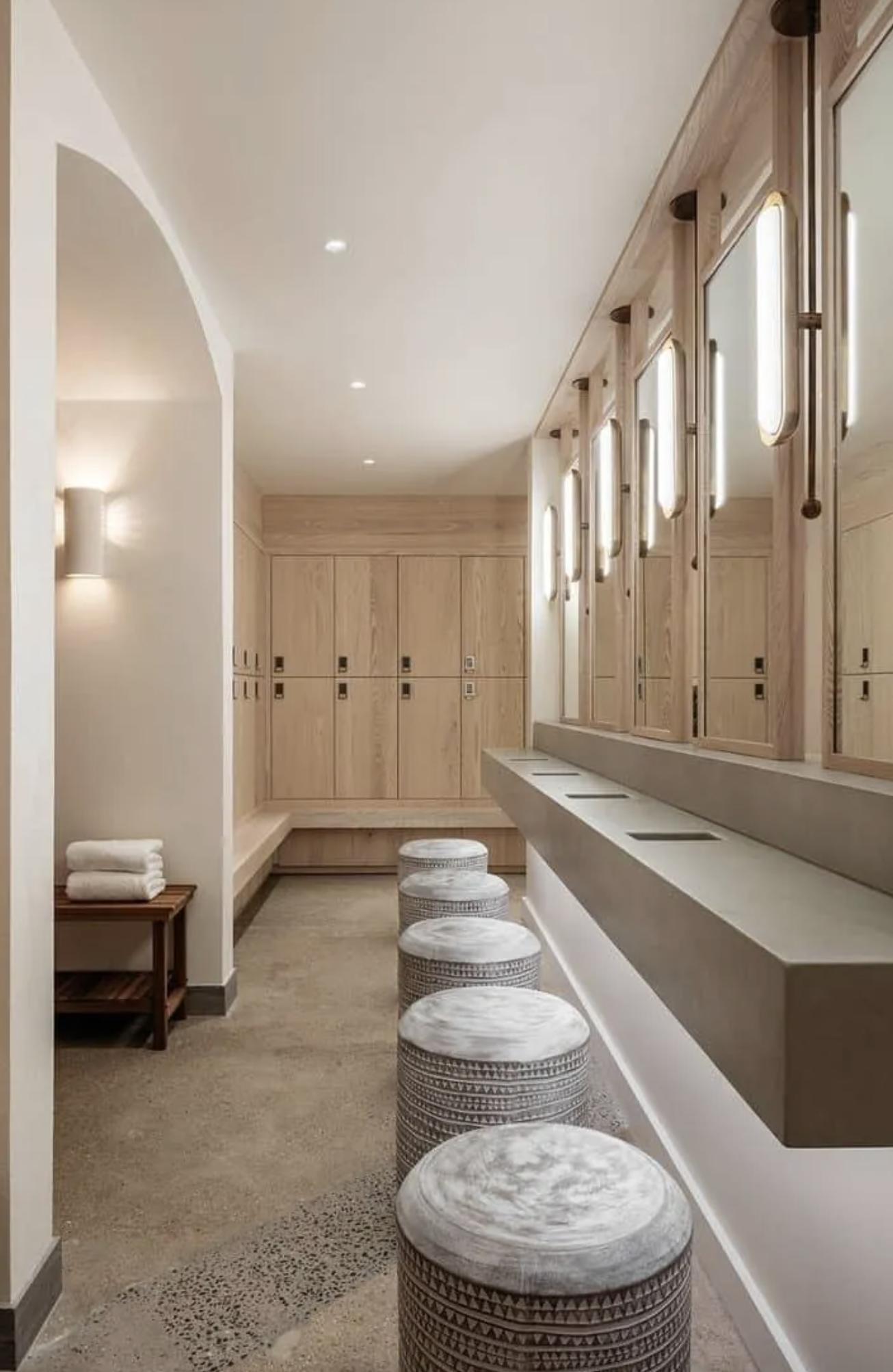
Rhythm
SCALE AND PROPORTION
Scale refers to the size of rooms and the size of the objects within that room. Tiny sink basins in a very large bathroom will look odd, and visa versa. Proportion refers to the size of objects in relation to one another, for example a coffee table should be two thirds as long as the sofa it is used with. Proportion should generally be correct unless creating an emphasis. The scale of items in a room can expand or contract the sense of space. Using all small scale items in a small room, does not make the room seem larger, but can have the opposite effect. A large scale item can expand such a small room. Experience and judgement certainly come into play here. It would be useful to draw the room in 2D or 3D.

Large Scale Objects in a Large Room
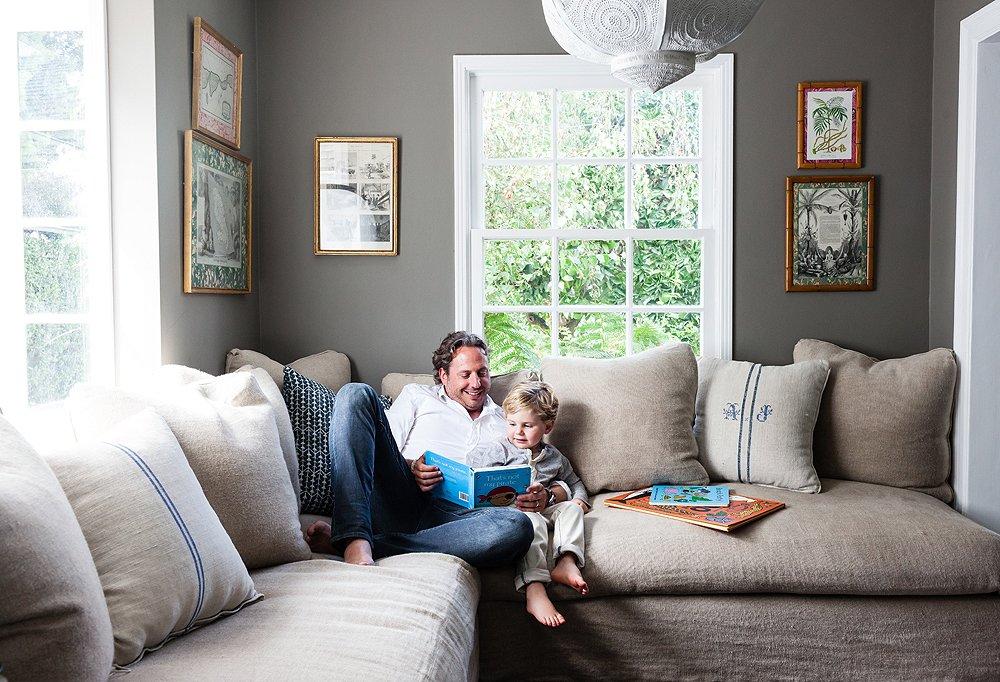
HARMONY AND UNITY
Harmony is the sense that all of the elements of your design fit together. Unity refers to the repetition of particular elements throughout your design — whether they're colours, shapes or materials — to pull the look together. These principles are used to create a sense of cohesion in the space. If you think about a spa hotel, the design will have a lot of harmony and unity to help you feel calm and relaxed. A nite club design may have more contrast and emphasis to create a sense of dynamism.
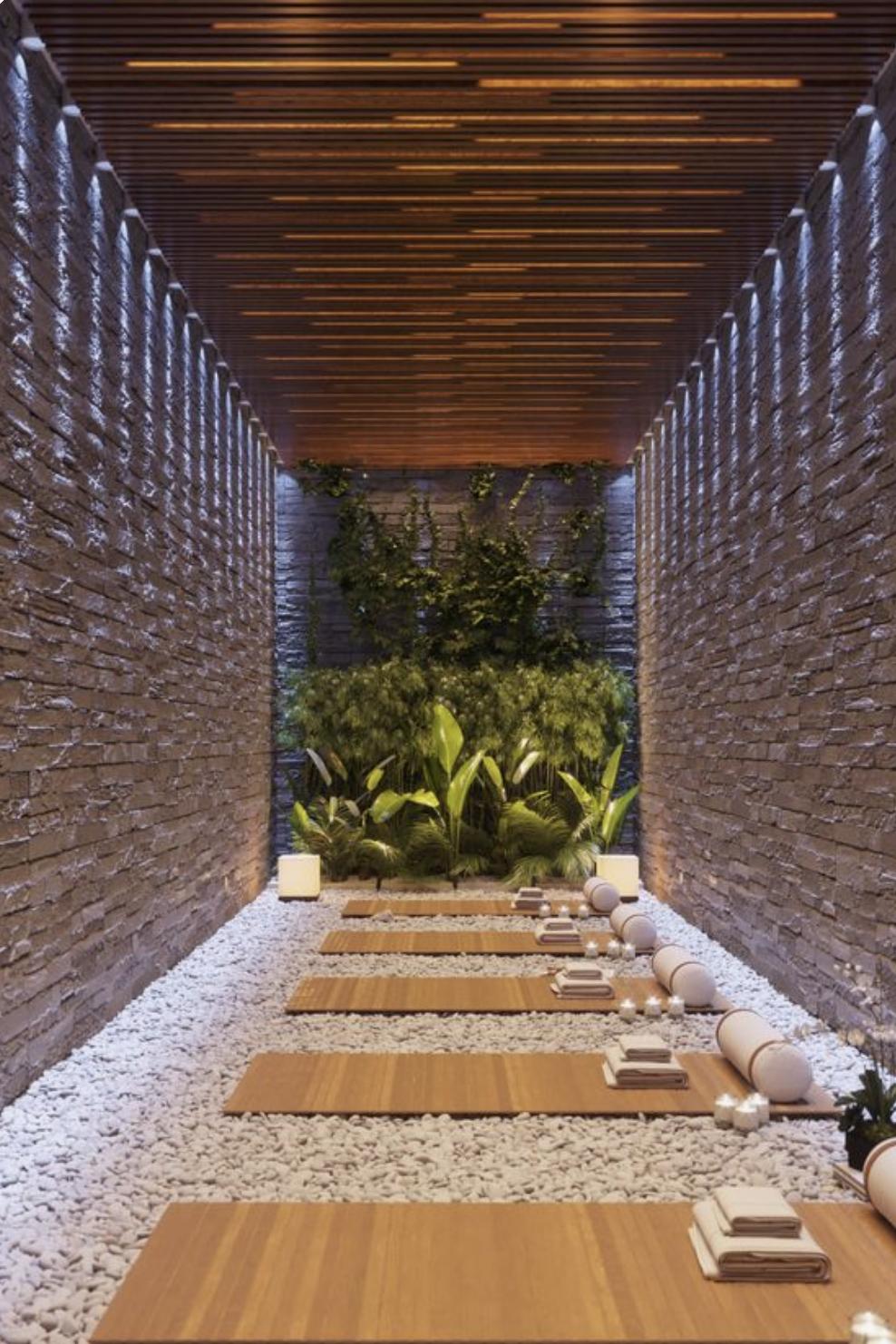
Repeated Patterns create Rhythm
Symmetrical Balance creates Serenity
Varied Textures create Contrast
Lighting well designed adds to the Details
DETAILS
One of the most important interior design principles is the detail in the room. Everything from the light switches, the handles on the cupboards, the lamp shade’s trim and the scatter cushion’s piping colour are classified as details in interiors.
Details include: Lighting, Accessories, Partitions, (how rooms are separated - a solid wall, a glazed wall, timber slatts, a bookcase) Staircases, Fenestrations, (window and doors and their treatments) Metallics.
Interior design projects can be inspired by everything and anything, including dream destinations, exotic prints, the internet, inherited pieces and the like.
